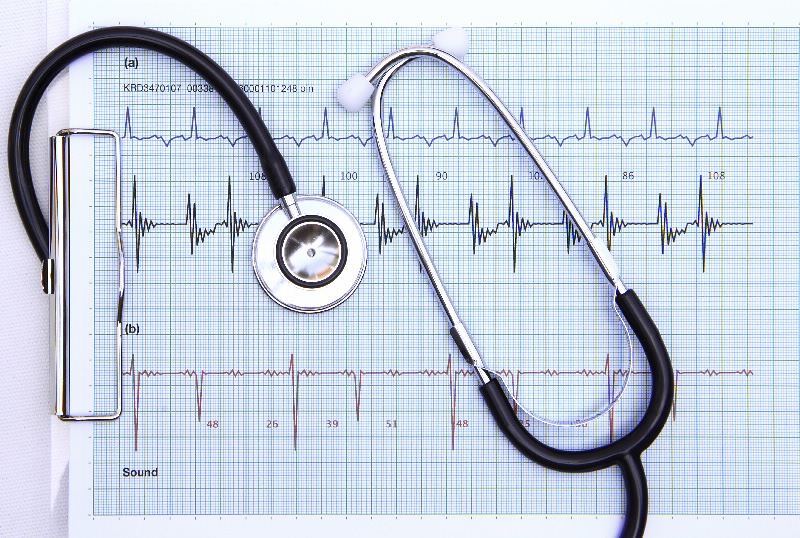You can’t see it, hear it or smell it, and it’s constantly changing: but despite that, Australia’s nuclear scientists have figured out how to more accurately measure the unit of activity for radionuclides, the Becquerel (Bq).
Improved treatment and diagnosis for patients is the aim of the breakthrough new nuclear medicine program launched by the Australian Nuclear Science and Technology Organisation (ANSTO).
The Australian Nuclear Medicine Traceability Program provides hospitals and medical centres new ways to ensure closer correlation between intended and actual doses of radiopharmaceuticals commonly given to patients, in order to diagnose cancer and heart disease.
 |
ANSTO’s Activity Standards Laboratory is equipped with specialised tools that enable accurate measurements of radioactivity in equipment used by the mining industry, environmental scientists and, importantly, in around 250 nuclear medicine centres located around Australia.
This includes medical centre technology directly used in the measurement and patient administration of nuclear medicines such as:
- Iodine-131, which is used in treatment of certain types of thyroid cancer; and
- Technetium-99m, used in diagnosis and treatment of heart, muscular and skeletal conditions. Around 10,000 doses of this medicine are sent to Australian hospitals and medical centres per week.
As the home of Australia’s nuclear expertise and under the National Measurement Act 1960, ANSTO is authorised to maintain primary and secondary standards for the radioactivity of radionuclides.
ANSTO has just completed the first 12 month phase of a $400,000 upgrade of radioactivity measurement equipment at its Lucas Heights campus, which provides internationally-recognised radioactivity measurement services to Australian organisations.
ANSTO’s Leader of the Activity Standards Laboratory, Dr Mark Reinhard, said the new ANSTO technology gives medical centres access to new ways to ensure closer correlation between intended and actual doses.
For example, in hospitals, staff place a vial of nuclear medicine such as Technetium-99m into a device called a dose calibrator to measure how much radioactivity it contains.
To test whether it is providing prescribed radiation doses, ANSTO will compare radioactivity reported on the hospital’s device with ANSTO’s own accurately calibrated equipment, and advise on any discrepancies.
Hospital devices which do not measure radioactivity within tolerance levels are recalibrated, repaired or replaced, ensuring more accurate and consistent doses for patients regardless of what hospital or clinic they may be receiving treatment from.
Often that can involve a simple onsite and on-the-spot adjustment of settings, which is provided by the attending ANSTO employee, called a radionuclide metrologist.
“What ANSTO’s new, centralised equipment will do is ensure we can more accurately measure doses of radioactivity being administered from medical devices,” said Dr Reinhard.
“What that in turn should do is increase precision of doses of radiopharmaceuticals in hospitals, enabling closer correlation between doctors’ treatment plans and the actual treatments given.”
Dr Reinhard explained that developing accurate radionuclide standards is a complicated process, made all the more so by the fact that each radionuclide decays differently.
Radionuclides used in nuclear medicine have very short half-lives, which means transporting them to hospitals to calibrate equipment can be challenging, especially given the large distances between ANSTO and many of Australia’s hospitals.
“Our scientists and engineers have completed the first phase of the upgrade and the first year of ANMTP, which are now ready to deliver real world benefits for the Australian medical, environmental and mining industries,” he said.


